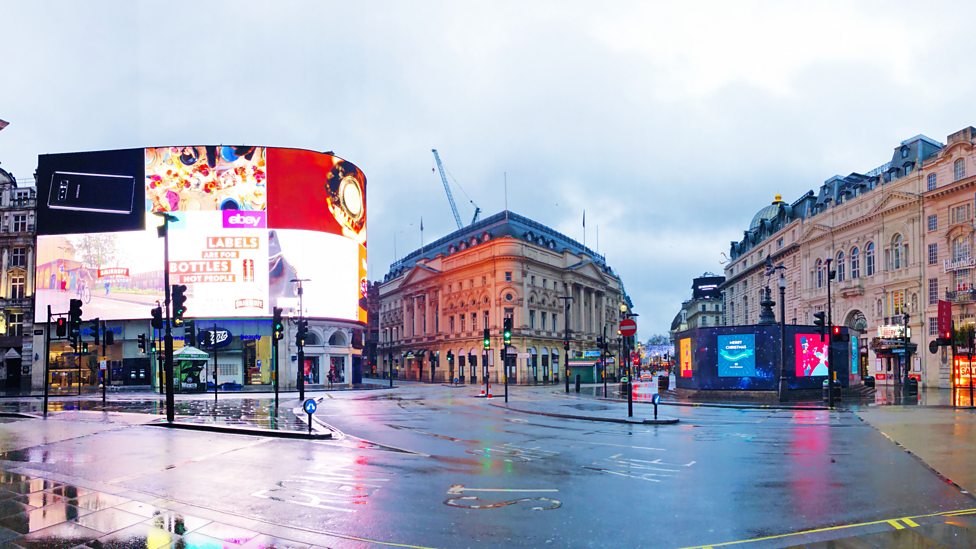Sometime this afternoon, when both the wife and I figured it was impossible for us to nap, she said that she wanted to “go on a drive to a part of town she hasn’t seen”. After some thinking I said that we could go to the “cantonment area” or the “towns” (Frazer Town, Cox Town, etc.), which we knew are not too far off from town, but where we had hardly been to.
Sometime back I had tried to imagine “symmetries” around the centre of Bangalore, whatever that means. It had started when I wondered which other areas in Bangalore are similar to Jayanagar, where I live. Having ruled out Banashankari and Rajajinagar, other areas I’ve lived in, because they are “too far from the centre of town”, I started looking at other areas that are nice and residential but not far from the MG Road area.
And that thought process had taken me to the “towns” – Frazer and Cox and Richards and all that. I hadn’t thought much about it then. And I hadn’t wondered much about what sets these “towns” apart from Jayanagar. Today’s drive gave me the answer.
There are two defining features of the “cantonment” or “towns” area – the military and the railways. As we journeyed east from Frazer Town (the one part of this part of Bangalore we are vaguely familiar with) all the way to Kammanahalli, and the outer ring road, and Banaswadi, and then back towards Indiranagar (more on that later), we kept encountering large swathes of military lands, and railway lines.
Along the way, we saw roads and areas we had only heard about but never seen. For the most part, we didn’t use Google Maps, but just kept driving along the big roads we could find. So we saw Frazer Town. We saw what we first thought was Banaswadi, but later figured is some Ramaswamy Palya or something. And then suddenly, we decided we had heard about Kammanahalli, but never knew where it was, and decided to drive towards that. Halfway up a railway bridge, we saw a signboard to a detour that would take us to Kammanahalli.
And so we went there, and drove through it. Nothing spectacular. And then I had this “flash of inspiration” that this part of town wasn’t actually very far from Indiranagar, and so we could return home via a dinner stop in Indiranagar. So I entered the address of my office (which I haven’t been to yet, but which is in Indiranagar), and let Google Maps take over.
It took us to the Outer Ring Road. And seemed to suggest a route that was going through KR Puram. “Ring roads are boring to drive on”, I declared, and seeing a detour that was “7 minutes longer” I went off the outer ring road. This took us through Banaswadi, and the drive was great (the road was great).
In any road trip, there is a point where you think you are having so much fun by exploring. And then soon after you suddenly feel tired and exhausted, and start wondering what the hell you were thinking when you decided that this drive was a good idea. Soon after we had passed Banaswadi, we had this moment. And this had to do with the railways and the military.
We had driven past Banaswadi, and encountered the Baiyyappanahalli station (with 16 platforms) that is still being renovated. This was the time when we were still feeling excited, that we were seeing parts of town that weren’t too far, but we had normally not seen.
And then we hit a mud road, and a dead end (literally. Not a T-junction). “I don’t get a good feeling here”, my wife said. I turned around and took a nearby road. This took us to a railway gate.
It is the highlighted route here. The red section near the railway line. It’s interesting that Google has coloured it red, because the section just doesn’t exist now. Maybe as part of the work done to revive the Baiyyappanahalli metro station, a new railway overbridge is being built there. That means the road itself has been closed.
This, we figured after we had crossed the railway line (this happened after a 10 minute wait for the Mysore-Kochuveli Express to pass). We crossed the line and found that the road didn’t exist after that. Everyone was going left there, but the road didn’t look good so on a whim I turned right. The road was decent.
What I hadn’t anticipated was that the other defining feature of cantonment Bangalore would come in our way – military areas. No sooner had I turned right after getting past the railway line that Google suddenly upped the time and distance estimates to Indiranagar. Soon there was a military gate to the left. “Trespassers will be fired upon”, said a board nearby. We drove on.
The size of the military area there meant that we had to go all the way back to Ulsoor Lake before going to Indiranagar. On the way, we passed a funeral procession that occupied the entire road (with lots of singing and dancing and flower throwing). We had a close shave trying to pass an auto rickshaw at an especially narrow stretch of road. At another point, we had to wait for two minutes for a cow to give us right of way.
And then, somewhere along the way, as we neared Assaye Road, I said something like “Ok, we are getting back to civilisation. Close to town now”.
The daughter, seated next to me, and supremely bored as we went round and round without stopping, asked “had we gone to a different state, appa?”.
“Yes”, I replied. “We had gone to ToK” (a tongue in cheek expression pioneered by Thejaswi Udupa (link possibly paywalled now). It can stand for either “Tamil Occupied Karnataka” and “Telugu Owned Karnataka”).



